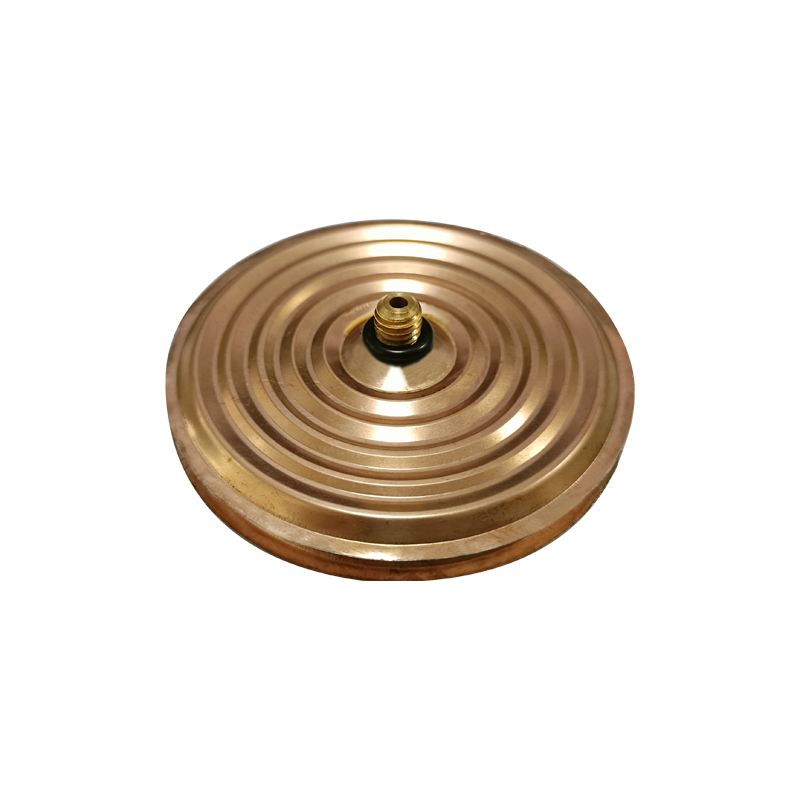
Jan . 01, 2025 11:56 Back to list
Exploring Various Types of Differential Pressure Measurement Instruments and Their Applications
Understanding the Types of Differential Pressure Gauges
Differential pressure gauges play a crucial role in various industries, including oil and gas, water treatment, HVAC systems, and pharmaceuticals. These instruments are designed to measure the difference in pressure between two points in a system, providing valuable insights for process monitoring and control. This article explores the various types of differential pressure gauges, their working principles, and their applications.
What is Differential Pressure?
Differential pressure refers to the difference in pressure between two points within a system. It can indicate flow rates, fluid levels, and filter conditions, among other things. For many industrial applications, knowing the differential pressure is essential for maintaining system efficiency, safety, and reliability.
Types of Differential Pressure Gauges
Differential pressure gauges come in several types, each suited for specific applications and conditions. The main types include
1. Manometer-Based Gauges Manometers are the simplest type of differential pressure gauge. They utilize a liquid column (usually water or mercury) to measure pressure differences. When one side experiences higher pressure than the other, the liquid column will rise or fall accordingly. Manometer-based gauges are best for low-pressure applications and are commonly used in laboratories or HVAC systems for basic pressure measurements.
2. Diaphragm Differential Pressure Gauges These gauges use a flexible diaphragm that separates the two pressure sources. When differential pressure is applied, the diaphragm deflects, and this movement is translated into a pressure reading. Diaphragm gauges are preferred for applications involving gases, steam, and some liquids, and they can handle moderate pressure differentials with reasonable accuracy.
3. Bourdon Tube Differential Pressure Gauges The Bourdon tube is a curved, metal tube that straightens when pressure is applied. For differential pressure measurement, two Bourdon tubes can be used; one for each pressure source. The difference in expansion between the tubes results in differential pressure measurement. These gauges are robust and suitable for high-pressure applications, frequently found in oil and gas industries.
types of differential pressure gauges jah

4. Capacitive Differential Pressure Gauges Capacitive gauges measure differential pressure based on changes in capacitance. They consist of two plates that act as capacitors; the distance between them changes as pressure varies. Capacitive gauges are highly sensitive and can measure very low differential pressures, making them ideal for cleanroom environments and sophisticated industrial applications.
5. Electronic Differential Pressure Gauges With the advancements in technology, electronic differential pressure gauges have become popular. These gauges utilize sensors and microprocessors to measure pressure differences and display them digitally. They often offer advanced features like data logging, remote monitoring, and integration with control systems. Electronic gauges can handle varying pressure conditions accurately and are widely used in modern industrial processes.
6. Smart Differential Pressure Gauges These are the latest advancements in pressure measurement technology. Smart gauges combine traditional gauge functionalities with digital technology, allowing for remote access, self-diagnostics, and advanced data processing capabilities. They provide real-time monitoring and alerts, essential for applications where pressure control is critical to avoid process upsets or equipment failures.
Applications of Differential Pressure Gauges
Differential pressure gauges are employed in numerous applications, such as
- Flow Measurement By measuring the pressure drop across a flow restriction (like an orifice or venturi), engineers can calculate the flow rate of liquids and gases. - Filter Monitoring In filtration systems, differential pressure can indicate filter clogging, helping operators to schedule maintenance before more significant issues arise. - Level Measurement Differential pressure measurements are often used to determine the level of liquids in tanks by measuring the hydrostatic pressure at different heights.
Conclusion
Understanding the different types of differential pressure gauges is essential for selecting the right instrument for specific applications. Each type offers unique advantages tailored to the needs of various industries. As technology evolves, the integration of smart features into differential pressure gauges is likely to enhance their functionality, making them even more indispensable in modern industrial processes. Whether used for simple measurement tasks or complex monitoring systems, differential pressure gauges are central to ensuring the efficiency and safety of countless operations worldwide.
-
HD Fire Pressure Gauges High Accuracy & Durable Solutions
NewsMay.28,2025
-
Custom Singles Capsule Systems Top Exporters & Factories
NewsMay.28,2025
-
Piston-Style Differential Pressure Gauges Precision & Durability
NewsMay.28,2025
-
WIKA Differential Pressure Gauge 700.04 High-Accuracy Industrial Measurement
NewsMay.28,2025
-
Precision Differential Pressure Gauge Factory Custom Solutions & OEM Services
NewsMay.27,2025
-
Pressure Diaphragm Capsule Elements High-Accuracy & Durable Solutions
NewsMay.27,2025
